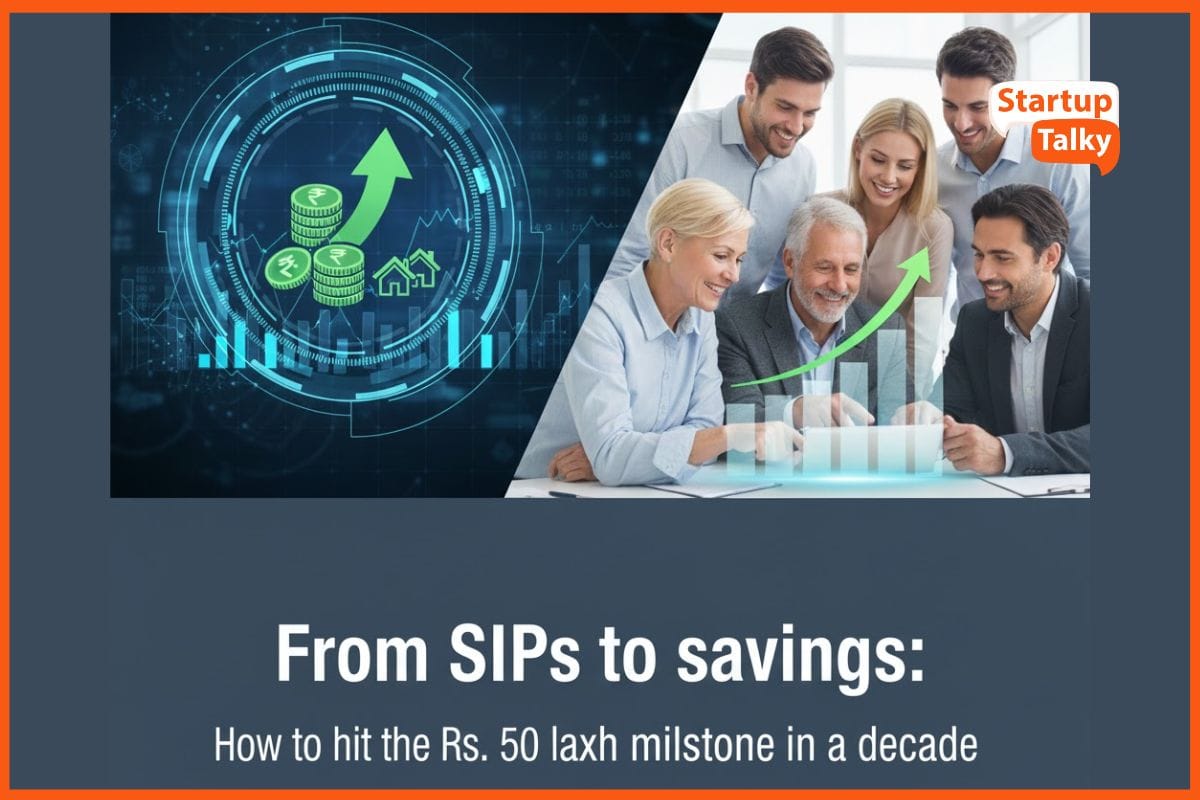What is E-Commerce Fraud and how to spot them?
Ecommerce 🛒
E-Commerce is one of the largest sectors in online business. This is a sector that is continuously growing in size, volume and influencing the market, it would be a surprise if fraud wouldn't take place in the system.
Fraud or deceiving criminally intend to gain immoral financial wealth. A person who intends to deceive others, typically by claiming accomplishments or wealth is called a fraudster.
Fraud in e-commerce has been increasing globally over the last years due to the immense rise in online marketplaces. With more technology available to fraudsters or unethical hackers, it has become more difficult for e-commerce businesses to keep a track of the tactics used to defraud online businesses.
Whether the user is simply making a purchase online, it’s essential to stay alert of the types of frauds that exist in the e-commerce industry. There are multiple ways of how frauds are performed and how to formulate a solution for the same.

What is E-commerce Fraud?
E-commerce fraud is a type of fraud that occurs on an online platform. E-commerce fraud is evolving day-by-day, as fraudsters use more advanced tactics and methods.
The e-commerce fraud occurs when a malicious actor approaches a merchant and proposes a business transaction using fraudulent means such as a stolen or fake credit card to pay for it. This leaves the organization without payment for the sale.
Using a stolen or fake credit card, using a false identity, and affiliate fraud advertising are all forms of e-commerce fraud. When a customer engages in fraud on the online store, the retailer has to bear this cost, negatively affecting the revenue.
Fraud has always been around in one form or another, so the concept isn’t new. Initially, it used to be limited to physical stealing, now it has extended to online fraud too. The new technologies behind payment methods, and data processing systems, online store owners are unknowingly vulnerable to new forms of fraud every day.

Talking about the fraud online, it commonly takes place when the credit card is lost, or its information is not stored securely. The fraud called card, not present fraud continues to grow over the years.
Online fraud can also be conducted with personal and credit card information, the card doesn’t need to be present for the transactions. Unethical hackers steal financial information and sell it on the black market. This type of fraud leaves the operators more vulnerable, but there is also a fraud called friendly fraud, where the customer intentionally files a chargeback to gain a free product and avoid payment.

Types of E-Commerce fraud
E-Commerce fraud is still alive today because prosecutions are rare, due to time constraint and the constraint of gathering pieces of evidence. It is important to integrate a perfect fraud detection and prevention management system to eliminate fraud on the platform and reduce its impact on the revenue. Here are some types of E-Commerce Fraud.
Phishing
Phishing is a meant to collect the piece of personal information like a user ID, password, and credit card information via an email or SMS. In this fraud, the fraudsters send emails or SMS to the user by pretending as the actual online trader.

Clean Fraud
Fraudsters use stolen payment card information to make an online purchase and use technology to prevent any chances of fraud detection in clean fraud.
Identity Theft
Fraudster obtains the identification information of the real user and makes the online purchase on the e-commerce platform. This theft affects both the customer and the seller as the customer places a refund when he detects the fraud.
Merchant Fraud
In this fraud, fraudsters create a fake merchant account under the pretence of owning and running a legal business. They use various stolen credit and debit cards to withdraw the amount received before being detected or reported, and the transaction moving to the point of being reversed.
Chargeback Fraud
In chargeback fraud, a customer keeps the product purchased from the online store via credit card and claims a refund falsely stating the reason for payment is made twice or purchase never made.
Return Fraud
The fraudsters can ask for a refund claiming that the product was never received or requests a refund for a fake product already purchased and swap with the actual product received. In refund fraud, the seller suffers the loss due to the refund of the payment made as well as a loss of inventory when the fraudster returns a fake item.
How to spot E-Commerce Fraud?
Fraudsters are great actors and they make themselves go unnoticed. To be safer, here are few things organizations and customers can spot or detect fraud online:
- Pay close attention to First-time customers who make bigger than average orders
- Detect unusual or false location
- A large quantity of the same product
- Multiple shipping addresses
- Check if Shipping and billing address are not the same
- Payment information typed with capital letters
- Huge number transactions in a short time
How to prevent E-Commerce Fraud?
No system can surely detect the fraud but there are several things you can do to make personal and financial information on your website more secure.
Outsiders' Assistance
Hire a professional that can evaluate the security of the website and help in what else can be done to detect and prevent fraudulent activities.
Timely Update of the Software
Keep updating the platform or software you’re using to keep the site running, make sure you’re using the latest version. Compromised software is a gateway to the fraudulent activities, providers are hard at work improving the security aspects of their products.
Check if all the checkout pages are in HTTPS
The encryption within HTTPS allows the information to remain confidential from fraudsters' eyes because only the website's owner and the server can decrypt the traffic.
Use AVS and CVV
Address Verification Service ensures the billing address of the purchase matches the billing address credit card company has on file. Credit Code Verification is a code printed on the credit cards, which means that the customer needs to have a physical credit card to make a purchase.
Fraud protection software
These type of software detect high-risk transactions and analyze other risk factors to prevent fraudulent activities. To find the right tools that automatically detect suspicious transactions is crucial to protect the business from loss.
Wrap Up
E-commerce frauds have grown rapidly over the years. The online market has to make sure they are using fraud protection filters that will alert about anything out of ordinary. Online businesses must know how to recognize a fraudulent order and what tools to use to prevent it from happening.
Must have tools for startups - Recommended by StartupTalky
- Convert Visitors into Leads- SeizeLead
- Website Builder SquareSpace
- Manage your business Smoothly Google Business Suite





